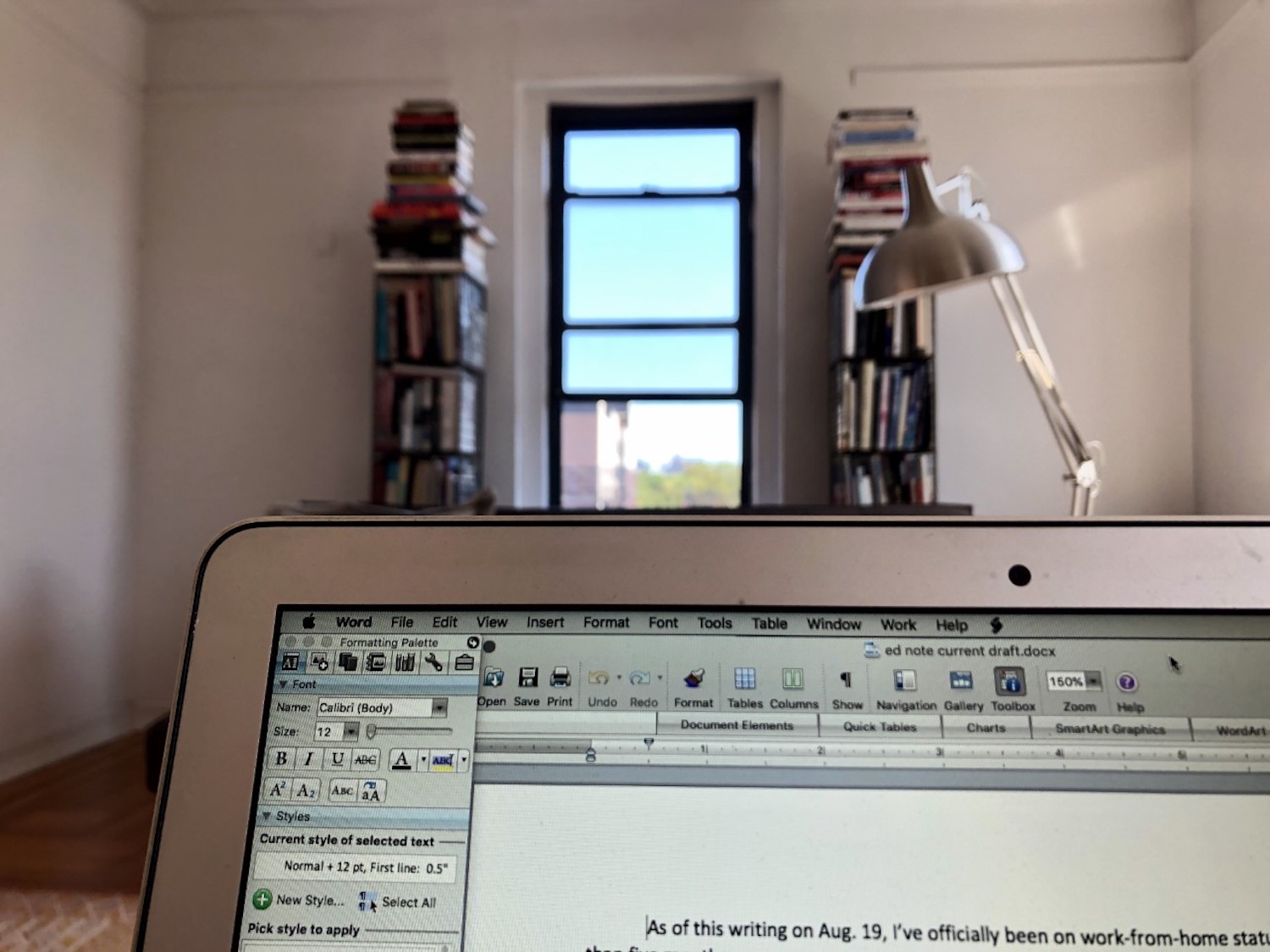Our New — and Current — Virtual Reality
By John Elsasser
September 2020
As of this writing on Aug. 19, I’ve officially been on work-from-home status for more than five months.
Like many other organizations, PRSA closed its office in March at the start of the COVID-19 outbreak across the country. We’re all doing well, and continue to reshape how we operate, such as with PRSA’s first-ever virtual International Conference. “Strategic Communications: Navigating a World Disrupted” takes place over four days on Oct. 26-29. Visit prsa.org/icon for more information on ICON 2020.
Despite five months of experience, I still feel like I’m learning something new each day about remote work, such as experimenting with where I set up for a Zoom or Microsoft Teams call. (The north-facing wall in my living room has nice light in the morning, by the way.) I’m not alone in figuring all this out: The Wall Street Journal reported in late July that “we’re still in the earliest stages of the Work-From-Home Revolution, and it could take years or even decades of trial and error to get right.” (Great... Decades!)
The U.S. National Bureau of Economic Research reported that doing the job from home with COVID-19-related restrictions has meant longer workdays but not more work. Based on the time between the first and last emails that remote employees send each day, and the meetings they attend, the average workday has increased by 48.5 minutes.
Part of our longer days might be devoted to personal matters. Some people have chosen to adopt flexible arrangements to accommodate demands of home life and children, which “may empower employees by affording them some freedom over their own schedule,” the report’s authors wrote. However, longer schedules can also result from “a blurred distinction between work and personal life,” leading to overburden “due to the lack of clear delineation between the office and home.”
While more people have been returning to the office, either in staggered or part-time shifts, all indications point to some kind of remote status in the future. A Gartner survey of corporate leaders found that 82 percent plan to OK offsite working at least some of the time, with 47 percent saying they intend to allow it to happen full-time going forward.
And a Microsoft survey of managers yielded the same result: 82 percent said they will have more flexible work-from-home policies after the pandemic.
In this issue, which marks the fifth that we’ve produced from outside the office, we offer a variety of how-to articles on navigating this new virtual reality. Dani Guerrero offers pointers for hosting online meetings and presentations, while Ken Scudder has tips on making webinars more engaging for work-at-home audiences.
Regardless of where you are, we hope you find value in the pages ahead.
Strengthening Our Core Ethics
Each September, PRSA recognizes Ethics Month. This year’s theme: “Doing the Right Thing.” Michele E. Ewing, APR, Fellow PRSA, provides a preview with insights from the PRSA Board of Ethics and Professional Standards (BEPS).
One of the highlights this month: a Twitter chat on Sept. 17 (8-9 p.m. ET) titled “Ethical Challenges in Today’s Global Information World.” Kirk Hazlett, APR, Fellow PRSA, will moderate the session featuring Brett Bruen, president of Glob- al Situation Room and the former director of global management for President Obama. Join the conversation on Twitter at #PRSAChat #EthicsMonth.
Visit prsa.org/ethics for updates on Ethics Month programming.



